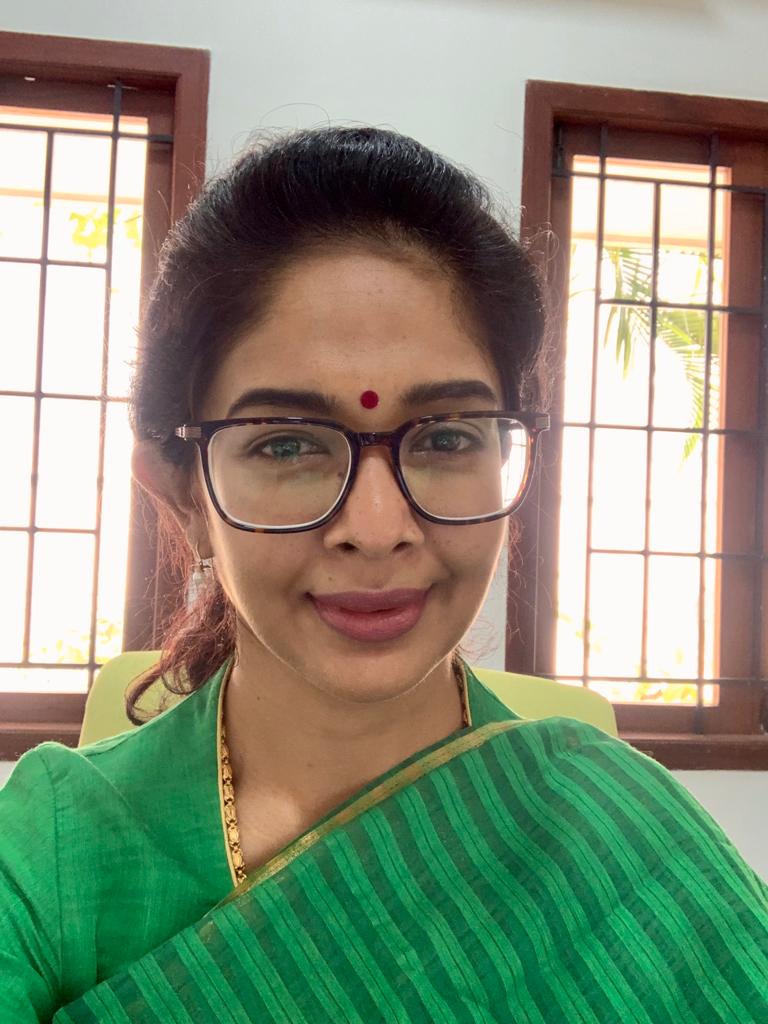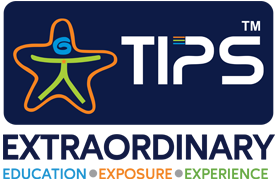- Blog By
Sumita Sen Mazumdar
Principal – Erode KG Campus
The Indian Public School – Erode.
March, 17 2022 | In Blog 
Across all TIPS early years campuses, a practice that sets us apart is the OBJECT TALK that we have for our early years learners between the ages of 2.5 and 5.5 years, that is Pre-KG, Kg 1 & KG 2. According to Maria Montessori’s ‘Sensitive Periods,’ at specific ages, preschool children exhibit powerful capacities to learn certain elements like language or movement at an exceptional pace along with excellent retentive power. Therefore, parents and educators alike must make use of these nature-determined periods of early years learning. Once a particularly sensitive period is over, the apparent capacity to absorb the specific kind of learning also diminishes. One very remarkable everyday example is that children up to the age of 7 will pick up almost any language they hear being spoken around them effortlessly, no matter what their mother tongue. For an adult or even a pre-teen child or teenager, learning a new language has to be at a much more conscious level with deliberate or directed effort with writing and memorizing.

Therefore, the foundation for language and vocabulary building must start early in the preschool years. This should not be confused with a simultaneous need to write what is learned as would be the typically adult way of learning; in fact, for a preschooler, this kind of learning would be more harmful than beneficial. Learning must primarily be oral. Writing must not be rushed into but followed as part of an organized sequence starting with the development of pre-writing skills and then moving on to writing at around age 4.5 or KG 2. Teaching TIPS preschoolers the PHONICS and SIGHT WORDS way of reading is a large part of KG 1. But right from Pre-KG, we can and do start building on verbal skills, encouraging conversation, and talking on topics that will build the necessary vocabulary in line with contemporary international standards for a child of that age. Here is where OBJECT TALK comes in with its unique usefulness in building vocabulary and general everyday knowledge for preschoolers. A typical session could somewhat go like this with attributes moving from simple to complex as we move from Pre-KG to KG 2.

OBJECT TALK FOR COLOUR PENCIL
(Holding out the pencil for a clear view)
Pre-KG
- This is a red colour pencil.
- It is long and thin.
- I can use this to draw and colour in red!
KG1
- This is a red colour pencil.
- It is made of wood and red pigment.
- It is long and thin with a pointed end.
- It is quite light, not heavy.
- I can use it to draw or colour in red!
KG 2
- This is a red colour pencil.
- It is made of wood with a hexagonal shape for the body and a pointed end with red pigment.
- It is long, not short.
- It is quite light, not heavy.
- I can draw and colour in red with this.
- When it becomes blunt from use, I can sharpen it and use it again.
Ideally, once the facilitator has shared the object talk with the children, an immediate interrogation should not follow to test what the child remembers as this can create an aversion for this exercise with the child associating this as a prelude to a Q & A session, thereby possibly triggering reptilian responses where the child shows irritability or avoidance for the activity and a stressed mind which does not allow for a natural learning process.
What can be done instead; after a few days of the share, children can be shown the same object, and this time around, ask them to describe the object. Gentle corrections can be made by the facilitator if needed.

THE BENEFITS OF OBJECT TALK
- Develops language and builds vocabulary.
- The showing of and telling about the object makes it a more engaging experience than just reading about it.
- Encourages conversation with confidence.
- Develops cognitive abilities as the child learns to assign attributes, descriptions, and roles to an object.
- Helps with better memory retention.
- Satisfies a child’s innate curiosity about everyday objects around them.





Leave a Reply
You must be logged in to post a comment.